A Pakistani abroad: Breathing art in Berlin
How can anyone in Pakistan be inspired when there is no provocative art in our daily lives?
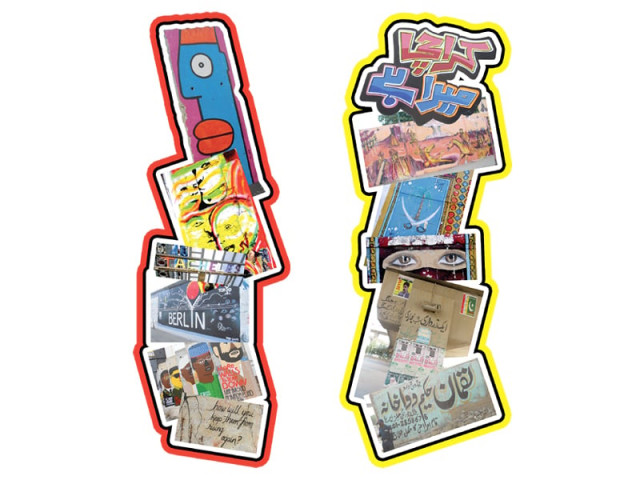
How can anyone in Pakistan be inspired when there is no provocative art in our daily lives? DESIGN: SAMRA AAMIR
In Pakistan, collecting and viewing art has always been for Louis Vuitton bag-swinging mem sahabs, fashion-forward gentlemen and rich fuddy duddies.
Small galleries are spread all across urban centres boasting exorbitant prices and uninspired art; but how often does the average Pakistani actually come into contact with art? It almost seems that if a person can’t afford art, the art community does not see a point in even creating an appreciation for it.
But imagine a culture where art is not locked up in galleries and fairs like it is with us, but instead surrounds you all the time; imagine a city where every citizen gets to wake up to bright punches of colour and breathes in inspirational words every day; imagine a place where artists are provided with cheap living spaces and haunting, yet inspirational post-war buildings and factories as workspaces; imagine a society where everything from dustbins to bathrooms, street walls to buildings, bridges to shopping stores, trains to buses, are covered, no, decorated in edgy, Andy Warhol-like alternative art.
For people who actually live in Berlin, a city like that does not need to be imagined — it already exists.
Maybe it was luck or maybe it was destiny, but while I was working in Berlin, both my workplaces turned out to be situated in the hippest, indie-alternative neighbourhoods of the city such as Oranienburger Strasse and Mehringdamm. And so my coffee and lunch breaks were mostly spent in art squats, rubbing elbows with struggling artists from around the world and sometimes getting unwarranted drunk kisses from old hippie homeless men who also inhabited the same neighbourhood. I absolutely loved everything about it — maybe not the drunk unwarranted kisses but definitely the art scene.
You would think that when art surrounds you all the time, it loses its power; that you become immune to its brilliance and it fails to provoke you. But I can testify that street art never gets old, and almost every day you find something new that speaks with your emotions and moves you.
My favourite art haunt was Tascheles (Yiddish for straight talking). This devastatingly beautiful, broken down and bomb-damaged building from the early 20th century is spray painted and graffitied to every inch of its body. The building hides behind wintered old trees and is right opposite one of the oldest synagogues of Berlin.
Like Tascheles’ exterior, its interior has lived through an equally colourful past. It has been used as a Nazi prison, a shopping mall, then an art studio and workshop, a nightclub, and a cinema. Sadly, by the time I came back to Karachi, the art squat had been vacated by artists. Consumerism and rising property dynamics had forced these artists out of their thriving joint.
While it’s sad that Berlin is slowly changing too and the creativity and liberty which was given freely to artists after the fall of the Berlin Wall is also being restrained, what saddens me more is that the average Pakistani will never get to experience that kind of uninhibited, free art.
And with no such provocative art in Pakistan and only jadoo and aamil advertisements, political slogans and party symbols on our walls, how can anyone ever be inspired for change?
A week before Karachi-based artist Asim Butt’s death, a young couple driving by Sunset Boulevard late at night saw Butt painting a wall. When they stopped to appreciate his work, he said it was probably his last piece. “Everything I paint, it gets painted over,” he had said forlornly.
Maybe if we had given Butt the same liberty these Berliners have, he’d still be alive and painting evocative murals at Saddar, Khadda and Empress Market for us.
Isn’t it about time we claimed back our public spaces the way Asim Butt once did?
Published in The Express Tribune, February 3rd, 2013.
Like Life & Style on Facebook for the latest in fashion, gossip and entertainment.


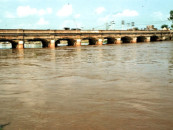
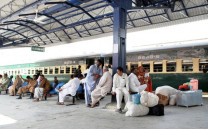

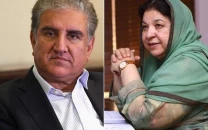
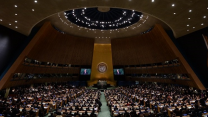












COMMENTS
Comments are moderated and generally will be posted if they are on-topic and not abusive.
For more information, please see our Comments FAQ